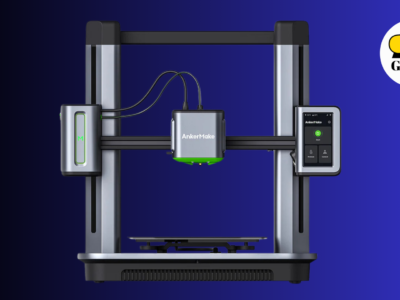n the ever-evolving landscape of digital content creation, having a powerful and efficient system for video editing is paramount. This guide will take you through the step-by-step process of building a custom PC tailored specifically for video editing, ensuring that you have the processing power and capabilities needed to bring your creative visions to life.
Understanding the Importance of a Custom PC for Video Editing
Before delving into the building process, let’s explore why a custom PC is a game-changer for video editing endeavors.
Significance of a Custom PC for Video Editing
– Processing Power:
Video editing requires substantial processing power for tasks like rendering, transcoding, and applying effects. A custom PC allows you to optimize these capabilities.
– Graphics Performance:
A dedicated graphics card is essential for smooth playback and real-time editing, especially with high-resolution footage and complex effects.
– Storage and Speed:
Custom PCs enable you to configure storage options for quick access to large video files, reducing lag and enhancing editing efficiency.
Step-by-Step Guide to Building a Custom PC for Video Editing
1. Define Your Budget and Requirements
– Budget Allocation:
Determine how much you are willing to invest, balancing performance needs with budget constraints.
– Performance Requirements:
Outline the specific performance requirements based on the type and scale of video editing projects you’ll be undertaking.
2. Select the Right Processor (CPU)
– Multicore Processors:
Opt for a multicore processor, such as those from the Intel Core i9 or AMD Ryzen series, for efficient multitasking and rendering.
3. Choose a High-Performance Graphics Card (GPU)
– Dedicated GPU:
Invest in a dedicated GPU like the NVIDIA GeForce RTX or AMD Radeon series for enhanced graphics performance.
4. Determine the Amount of RAM Needed
– 16GB or More:
Aim for at least 16GB of RAM, with the option to expand in the future as your projects become more complex.
5. Select an Efficient Storage Solution
– SSD for Speed:
Use SSDs for your primary storage to ensure quick access to project files and video footage.
– Large HDD for Storage:
Include a larger HDD for long-term storage of completed projects and raw video files.
6. Choose a Motherboard with Expandability
– PCIe Slots:
Select a motherboard with ample PCIe slots for potential future upgrades, such as additional storage or a capture card.
7. Consider the Power Supply Unit (PSU) and Cooling
– Adequate Power Supply:
Ensure your PSU can handle the power demands of your components with some headroom for future upgrades.
– Effective Cooling Solutions:
Invest in effective cooling solutions, such as CPU coolers and case fans, to maintain optimal temperatures.
8. Assemble Your Custom PC
– Follow Component Manuals:
Refer to the manuals of each component for proper installation guidelines.
– Cable Management:
Organize cables to ensure proper airflow and a tidy build.
9. Install the Operating System and Drivers
– OS Installation:
Install your preferred operating system, such as Windows or macOS, and ensure all necessary drivers are up-to-date.
10. Test Your System
– Stability Tests:
Run stability tests to ensure all components are functioning correctly and the system can handle the demands of video editing.
Conclusion: Unleash Your Creative Potential
In conclusion, building a custom PC for video editing is a rewarding endeavor that allows you to tailor your system to the specific demands of your creative projects. By carefully selecting components, assembling your PC with precision, and ensuring optimal performance, you’re poised to unleash your creative potential and elevate your video editing capabilities to new heights. Enjoy the seamless editing experience and bring your visual stories to life with a custom-built powerhouse.









Comments